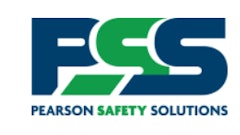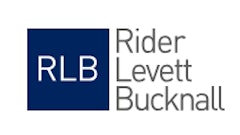
This blog was updated on 6/6/2023.
Most articles I read say the average bid-to-win ratio for general construction contractors is around one in six. That’s just under 17% percent. Imagine one of your kids coming home with a 17% score on a math test. You’d likely be pretty upset. Are you okay accepting that same performance for your business? If you’d like to up your bid-to-win grade, there are a few things you can do.
1. Put Yourself Out There
If you want to win the lottery, you have to buy a ticket. If you want to win bids, you have to invest in marketing. Make sure your website is up to date. Showcase recent project and new services on your site and on social media. Attend local events where decision-makers gather. Get pre-qualified with general contractors. And consider online bid sites to stay on top of the latest opportunities.
2. Get Some Face Time
It’s easy to say “no” to a faceless piece of paper; it’s much harder to turn down someone you know and trust. So if you can, identify the decision-maker and introduce (or re-introduce) yourself, your company and your expertise. Use face-to-face meetings, phone calls or emails to ask questions about the project and find out what’s important to the customer. You can use that knowledge to create a better bid.
3. Be First
Putting a bid together is time-consuming, but are there ways you could be faster? Create templates and spreadsheets that are easy to populate. Compile success stories, service descriptions and team bios. Explore the benefits of construction bidding software. When you get your bid in quickly, you set the bar for the proposals that follow. When you submit it right at the deadline, you risk being overlooked.
4. Follow the “Fewer/Better” Philosophy
Spend your time and energy bidding on projects where you excel or bring something to the table others don’t, rather than those that require generic skills or expertise you haven’t developed. Is there a chance of repeat business? Pursuing a project that could lead to others is more worthwhile than a one-off job.
5. Sell Benefits and Value, Not Features
When you buy equipment, benefits (save 20% on your fuel bill!) capture your attention more than features (an advanced fuel management system). Make sure your bids focus on benefits, too. How will you keep the project on budget and on schedule? How will you ensure safety, accuracy and compliance with regulations? You don’t have to be the cheapest if you can prove you’re the most valuable.
6. Conduct a Post-Mortem
When you finish a job, compare your actual numbers to your estimates to calculate your profitability. How close were you? Did you forget to budget for anything? Was your contingency adequate? If your profit margin isn’t high enough, was that due to poor estimating or problems on the job you can address next time? If certain projects always seem to be unprofitable, maybe it’s time to focus elsewhere.
Don’t be disheartened if you feel like you’re losing more than you’re winning when it comes to bids. Most everyone is. But upping your percentage is possible — all it takes is some upfront planning, dedicated resources and a commitment to finding the right match between your skills and the available work. Need some more ideas? Check out these tips for putting together a winning bid proposal.
This blog was updated on 6/6/2023.




















